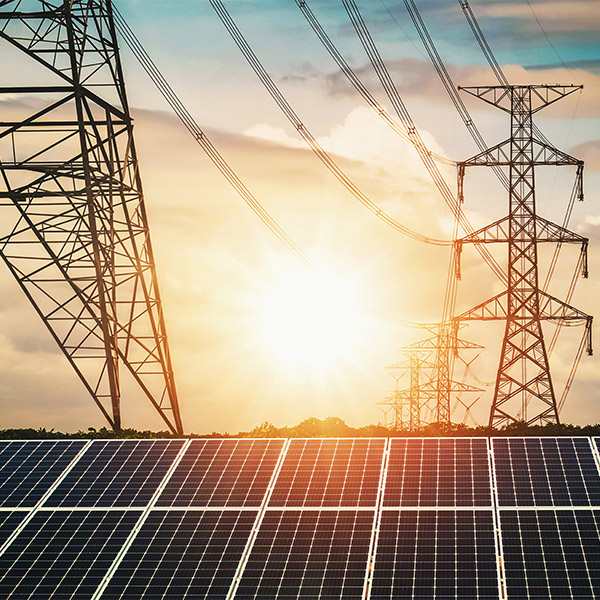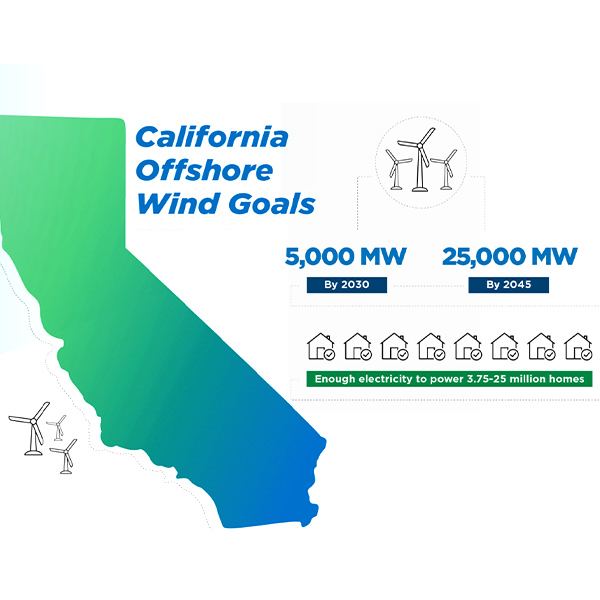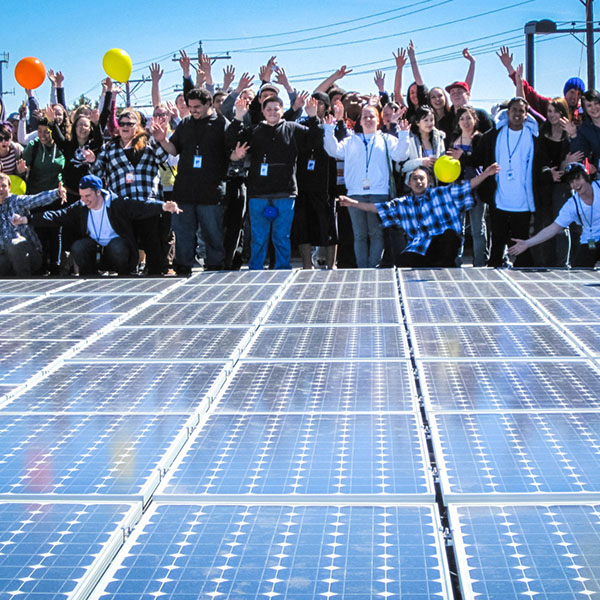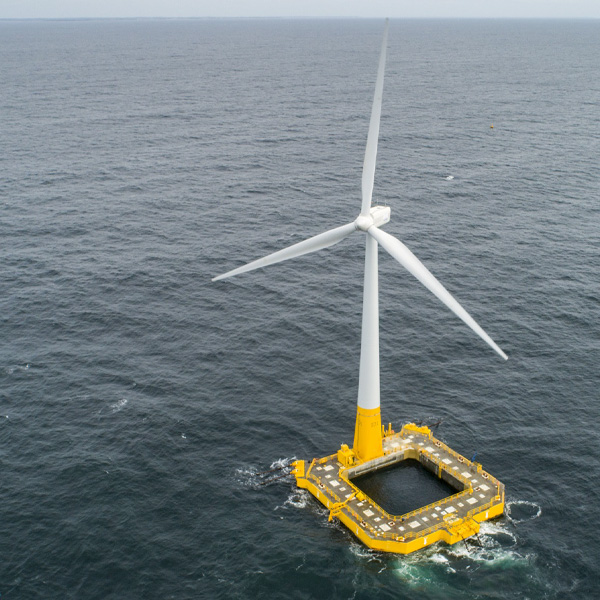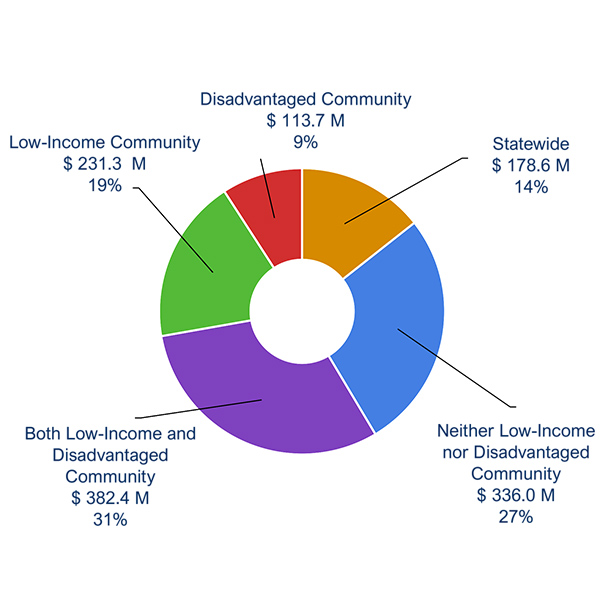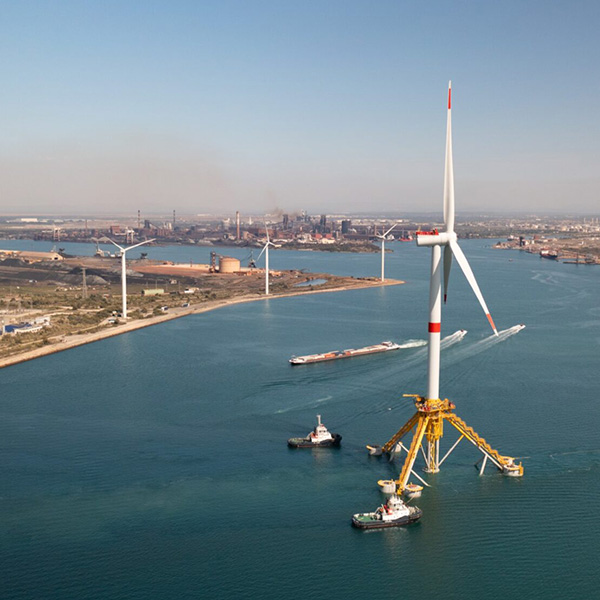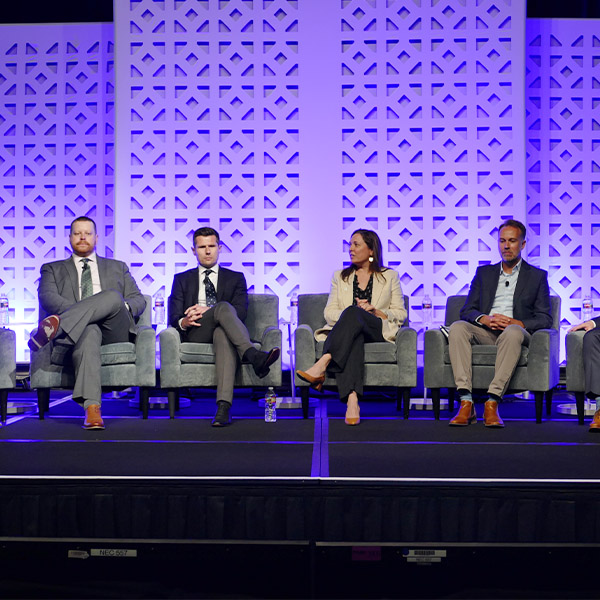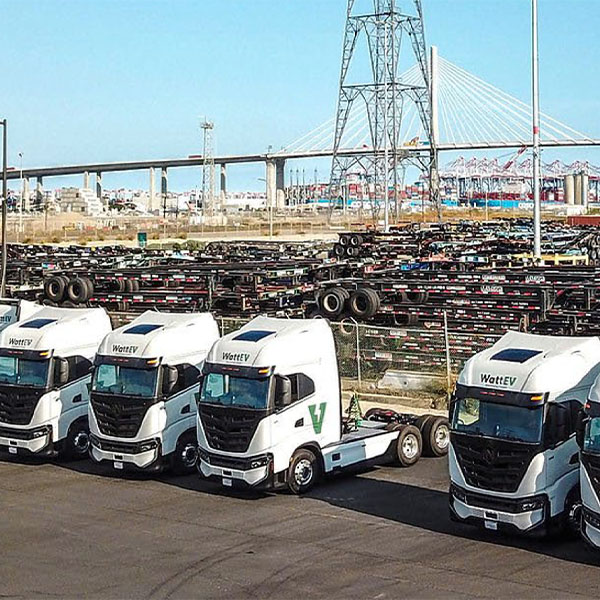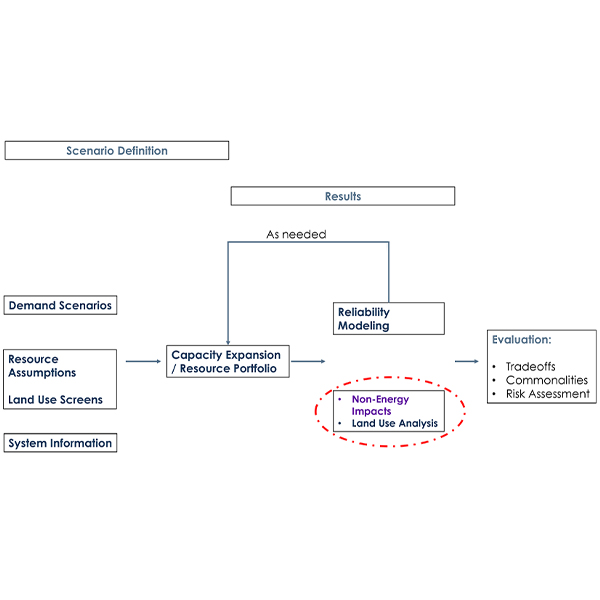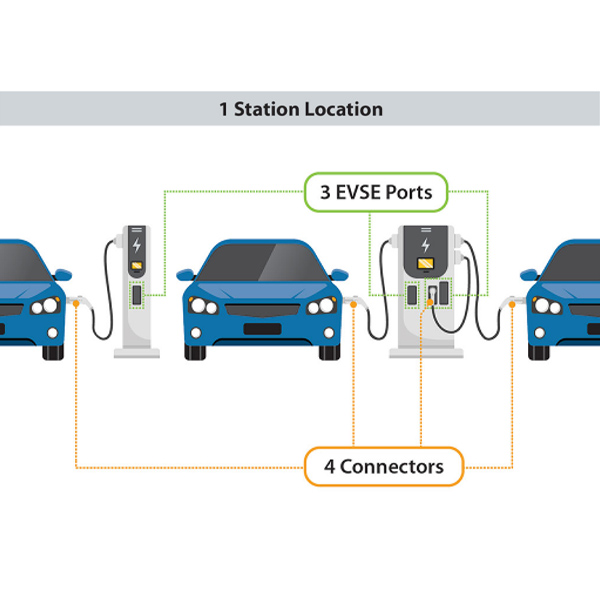California Energy Commission (CEC)
The agency is working to focus the strategic objectives of its utility-funded Electric Program Investment Charge program to better support the state’s ambitious goals to decarbonize its economy.
The California Energy Commission approved a strategic plan that details how the state can reach its goals of 5 GW of offshore wind power by 2030 and 25 GW by 2045.
The California Assembly Utilities and Energy Committee advanced two new bills that could accelerate the state’s decarbonization goals by helping residents and multimeter customers transition to renewable energy.
The California Energy Commission yielded to public requests for more time to review a 400-page offshore wind document, which was released less than 24 hours before the scheduled vote.
California must find ways to allocate more of its funding for ZEV infrastructure to disadvantaged communities, according to an advisory committee for the Energy Commission's Clean Transportation Program Investment Plan.
A new report outlines steps that could pave the way for a robust offshore wind industry on the West Coast, where there's limited infrastructure to support it.
Developers of floating offshore wind are calling on the California Public Utilities Commission to increase procurement targets to 10 GW by 2035.
Environmental groups are urging the California Energy Commission to use the state’s remaining $233 million in NEVI funds to build chargers for the surge of electric trucks expected in the next decade.
Assessing the social costs and “nonenergy benefits” of energy production is a key focus in implementing California’s Senate Bill 100.
The California Energy Commission and Department of Transportation are seeking feedback on a state grant program designed to replace and repair more than 1,300 chargers at 300 sites statewide.
Want more? Advanced Search
